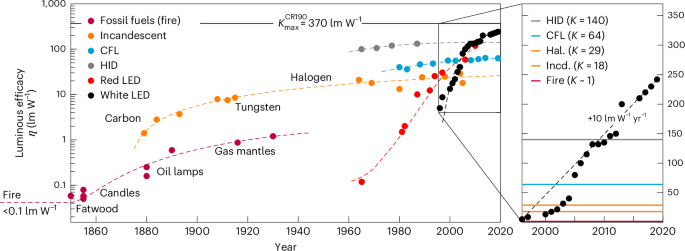Freight industry braces for drop in demand
Tender volume takes a dive Tender volume, a measure of how often shippers request carriers to move loads, has trended down in recent days. (Chart: SONAR) Up until the past few days, for all the turmoil in trade policy and the financial markets, SONAR had not been showing much change in freight demand, as measured […] The post Freight industry braces for drop in demand appeared first on FreightWaves.

Tender volume takes a dive
Tender volume, a measure of how often shippers request carriers to move loads, has trended down in recent days. (Chart: SONAR)
Up until the past few days, for all the turmoil in trade policy and the financial markets, SONAR had not been showing much change in freight demand, as measured in tender volume. That changed the past few days as the volume of tenders, or electronic requests made by shippers to move loads, declined significantly to no longer track levels of two years ago (2023 tender volume in red in above chart). Tender volume is now down 14.9% year over year and 7.6% on a two-year stack. Breaking tender volume down by trailer type shows that the dry van segment is bearing the brunt of the decline, down 17.6% year over year, and the less cyclical reefer segment is down 2%.
Ocean market turmoil
SONAR Container Atlas shows that ocean booking volume for shipments from China to the US never recovered post-Chinese New Year. In response, carriers have rationalized capacity and blanked sailings. (Charts: SONAR)
In the past week, ocean market data has been the dominant topic in both the industry press and also the questions from SONAR customers. Clearly, ocean booking volume is down from China to the U.S., though different data sources have pegged the magnitude of the decline differently. SONAR shows booking volume from China to the U.S. down 25%, while another data source showed a decline of over 60% from just the final week of March to the first week of April. Meanwhile, a recent Wall Street research report relayed comments from the Port of Los Angeles highlighting its expectation that volume in May will decline 9% year over year, primarily driven by 20% of sailings blanked.
Ocean rates from Vietnam to LA off their lowsSONAR: Container Atlas, ocean spot rates from Vietnam to the Port of Los Angeles
The general direction of ocean rates this year has been down. But ocean spot rates in SONAR have shown increases in recent weeks for some routings. Rates from Vietnam to the Port of LA are one example: They are currently up about 18% month over month. Rates have also increased from the Far East to North Europe, which could exacerbate recent port congestion in the Netherlands. Following the 90-day reprieve on tariffs imposed on countries other than China, bookings have picked up for ocean shipment for other Asian countries, which appears to be the driver of the recent increase in ocean spot rates. That trend may persist through July and lead to muted demand and a collapse in rates thereafter.
Syracuse supply chain professor on The Stockout
(Image: FWTV)
On Monday’s The Stockout show, Grace Sharkey and I discussed how tariffs are impacting the freight markets and interviewed Patrick Penfield, supply chain professor at Syracuse University. Penfield highlighted how changes to product design can be one method for how shippers can get their goods categorized differently, thus avoiding tariffs. Who knew that placing pockets further down on a garment can save a company from paying an onerous tariff?
One theme of the recent tariff coverage has been the greater ability of large shippers than smaller ones to adapt to changes in trade policy. The largest e-commerce companies, such as Shein and Temu, have already taken steps to transition to a domestic fulfillment model, in contrast to their previous made-to-order business models, to adapt to the upcoming elimination of the de minimis exemption, which goes into effect May 2 for goods produced in China. Gene Seroka, executive director of the Port of LA, believes that large shippers, including the largest retail chains, are the ones able to pull imports forward to avoid tariffs. And Ryan Petersen, CEO of Flexport, believes that moving production from China to Vietnam is only available to shippers with the scale to bring large volumes to Vietnam. As a result of their lack of flexibility, small shippers may be the ones whose businesses are most adversely impacted by rapid and steep tariffs. The argument that follows is that the Trump administration’s trade policies are therefore counterproductive to employment.Monday’s The Stockout show is available on The Stockout YouTube channel.
The post Freight industry braces for drop in demand appeared first on FreightWaves.





























































































































































